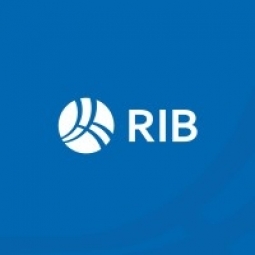公司规模
Mid-size Company
地区
- Europe
国家
- Germany
产品
- datapine
技术栈
- Business Intelligence
- Data Analytics
实施规模
- Enterprise-wide Deployment
影响指标
- Productivity Improvements
- Customer Satisfaction
技术
- 分析与建模 - 实时分析
适用行业
- 食品与饮料
适用功能
- 销售与市场营销
用例
- 实时定位系统 (RTLS)
- 质量预测分析
服务
- 数据科学服务
关于客户
Lieferando 是一家国际运营的在线订餐服务公司。作为外卖集团的一部分,该公司在全球拥有 400 多名员工。该公司的使命是为客户提供一种快速简便的方式来获取他们喜欢的食物。Lieferando 总部位于德国柏林,从事市场行业。该公司正在寻找一种解决方案,帮助他们实时整合营销和销售数据,优化营销活动,并提供整个客户生命周期的全面视图。
挑战
Lieferando 是一家在线订餐服务公司,在实时整合营销和销售数据方面面临挑战。他们需要优化营销活动,全面了解整个客户生命周期。要求包括实时自助访问信息、企业级 BI 功能(用于多维分析)以及较低的实施时间和成本。
解决方案
Lieferando 实施了 datapine,这是一种商业智能和数据分析解决方案。这为他们提供了实时、自助式的信息访问和企业级 BI 功能,可用于多维分析。该解决方案实施的时间和成本都很低。借助 datapine,Lieferando 能够创建实时仪表板,通过定制的关键绩效指标来监控所有主要业务运营。这使他们能够立即对变化采取行动,并在新业务挑战出现时更好地适应这些挑战,而不是等到几周甚至几个月后。每位员工都可以独立生成他们需要的所有见解,而无需请求报告并等待数小时才能收到 IT 部门的结果。
运营影响

Case Study missing?
Start adding your own!
Register with your work email and create a new case study profile for your business.
相关案例.

Case Study
The Kellogg Company
Kellogg keeps a close eye on its trade spend, analyzing large volumes of data and running complex simulations to predict which promotional activities will be the most effective. Kellogg needed to decrease the trade spend but its traditional relational database on premises could not keep up with the pace of demand.
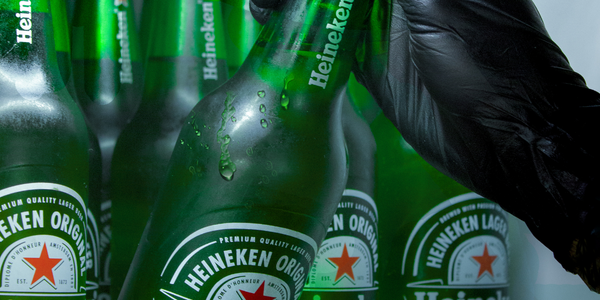
Case Study
HEINEKEN Uses the Cloud to Reach 10.5 Million Consumers
For 2012 campaign, the Bond promotion, it planned to launch the campaign at the same time everywhere on the planet. That created unprecedented challenges for HEINEKEN—nowhere more so than in its technology operation. The primary digital content for the campaign was a 100-megabyte movie that had to play flawlessly for millions of viewers worldwide. After all, Bond never fails. No one was going to tolerate a technology failure that might bruise his brand.Previously, HEINEKEN had supported digital media at its outsourced datacenter. But that datacenter lacked the computing resources HEINEKEN needed, and building them—especially to support peak traffic that would total millions of simultaneous hits—would have been both time-consuming and expensive. Nor would it have provided the geographic reach that HEINEKEN needed to minimize latency worldwide.
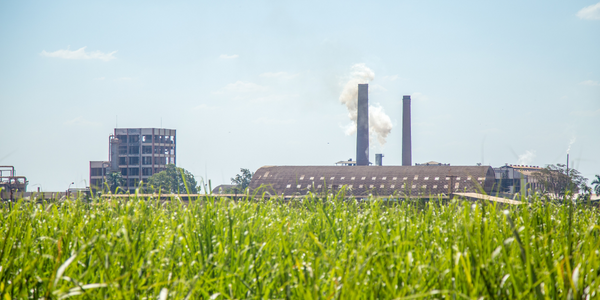
Case Study
Energy Management System at Sugar Industry
The company wanted to use the information from the system to claim under the renewable energy certificate scheme. The benefit to the company under the renewable energy certificates is Rs 75 million a year. To enable the above, an end-to-end solution for load monitoring, consumption monitoring, online data monitoring, automatic meter data acquisition which can be exported to SAP and other applications is required.
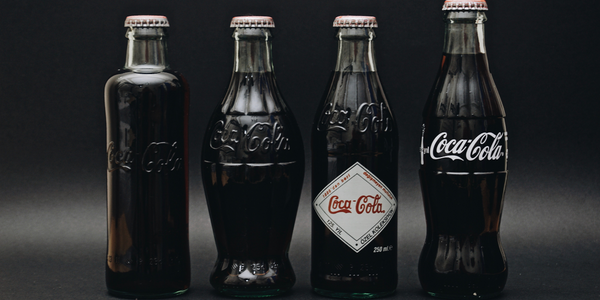
Case Study
Coca Cola Swaziland Conco Case Study
Coco Cola Swaziland, South Africa would like to find a solution that would enable the following results: - Reduce energy consumption by 20% in one year. - Formulate a series of strategic initiatives that would enlist the commitment of corporate management and create employee awareness while helping meet departmental targets and investing in tools that assist with energy management. - Formulate a series of tactical initiatives that would optimize energy usage on the shop floor. These would include charging forklifts and running cold rooms only during off-peak periods, running the dust extractors only during working hours and basing lights and air-conditioning on someone’s presence. - Increase visibility into the factory and other processes. - Enable limited, non-intrusive control functions for certain processes.
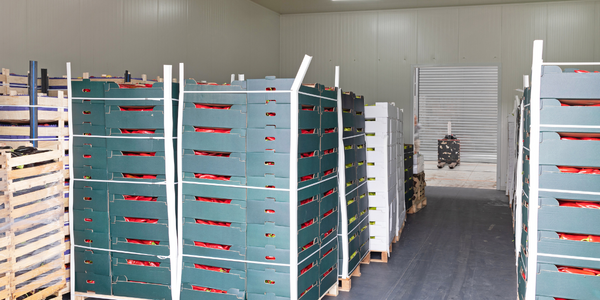
Case Study
Temperature Monitoring for Restaurant Food Storage
When it came to implementing a solution, Mr. Nesbitt had an idea of what functionality that he wanted. Although not mandated by Health Canada, Mr. Nesbitt wanted to ensure quality control issues met the highest possible standards as part of his commitment to top-of-class food services. This wish list included an easy-to use temperature-monitoring system that could provide a visible display of the temperatures of all of his refrigerators and freezers, including historical information so that he could review the performance of his equipment. It also had to provide alert notification (but email alerts and SMS text message alerts) to alert key staff in the event that a cooling system was exceeding pre-set warning limits.
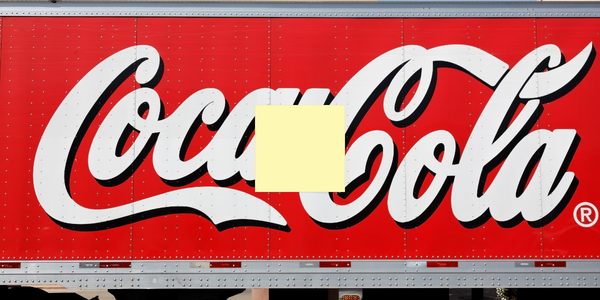
Case Study
Coca-Cola Refreshments, U.S.
Coca-Cola Refreshments owns and manages Coca-Cola branded refrigerators in retail establishments. Legacy systems were used to locate equipment information by logging onto multiple servers which took up to 8 hours to update information on 30-40 units. The company had no overall visibility into equipment status or maintenance history.




